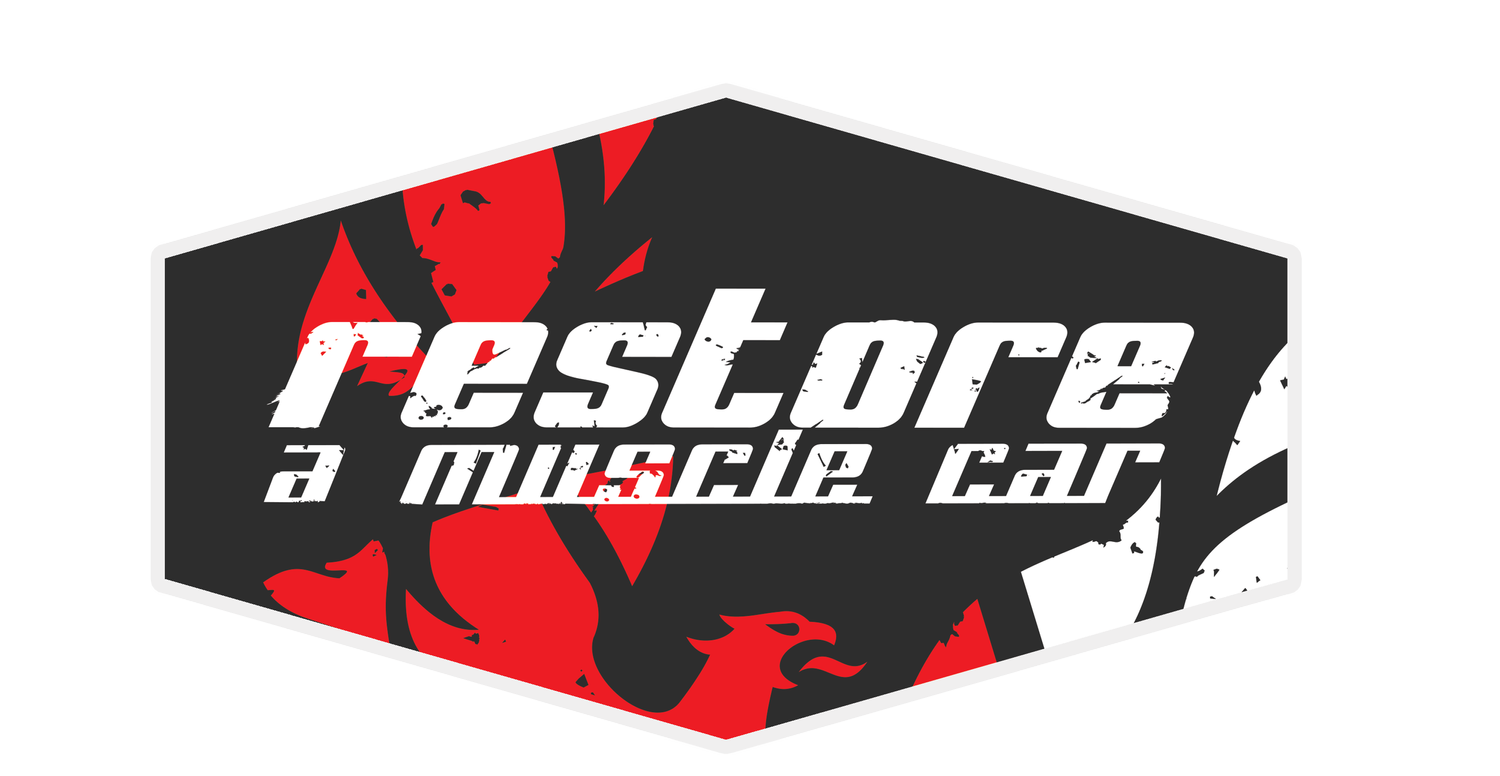Winter Tire Wisdom: Prepping Your Muscle Car for Cold Weather
Winter is coming, and if you’re a muscle car enthusiast, you know how crucial it is to prep your prized possession for the chilly months ahead. One key aspect of winterizing your muscle car is ensuring that your tires are ready to handle the cold, ice, and snow. In this blog, we'll explore the importance of winter tires, provide tips for selecting the right ones, and offer advice on maintenance to keep your muscle car in top shape throughout the winter season.
Why Winter Tires Matter
Winter tires are specifically designed to provide better traction, handling, and braking performance in cold weather conditions compared to all-season or summer tires. Here’s why they’re essential:
Rubber Composition: Winter tires are made from a special rubber compound that remains flexible in low temperatures, allowing for better grip on icy and snowy roads.
Tread Pattern: The tread patterns on winter tires are engineered to channel snow and slush away from the tire, reducing the risk of hydroplaning.
Safety: Enhanced traction and control reduce the likelihood of accidents, making winter tires a smart investment for your muscle car’s safety.
Choosing the Right Winter Tires
When it comes to selecting winter tires for your muscle car, consider the following factors:
Tire Size: Ensure the winter tires match the size specifications of your muscle car. Check your owner’s manual or consult a professional if you're unsure.
Speed Rating: Winter tires come with different speed ratings. Choose a tire that matches or exceeds the speed rating of your current tires.
Brand and Model: Research and compare different brands and models. Look for reviews and ratings from other muscle car owners to find the best option for your vehicle.
Studded vs. Non-Studded: Depending on your local weather conditions and driving habits, you might consider studded tires for extra grip on icy roads. However, check local regulations as studded tires are not legal in all areas.
Installing and Maintaining Winter Tires
Professional Installation: Have your winter tires installed by a professional to ensure they are mounted and balanced correctly.
Regular Inspections: Check the tire pressure regularly, as it can fluctuate with temperature changes. Properly inflated tires ensure optimal performance and safety.
Tread Depth: Monitor the tread depth of your winter tires. Replace them when the tread wears down to 4/32 of an inch to maintain effective traction.
Tire Rotation: Rotate your tires every 6,000 to 8,000 miles to ensure even wear and extend their lifespan.
Storing Your Muscle Car
If you prefer to store your muscle car during the winter, proper preparation is essential to keep it in pristine condition until spring:
Clean and Detail: Thoroughly clean and wax your car to protect the paint and undercarriage from moisture and corrosion.
Fluid Levels: Top off all fluids, including antifreeze, oil, and brake fluid. Consider adding a fuel stabilizer to the gas tank.
Battery Maintenance: Disconnect the battery or use a trickle charger to keep it charged over the winter.
Storage Location: Store your car in a dry, temperature-controlled environment. Use a car cover to protect it from dust and debris.

